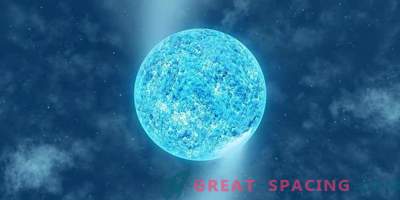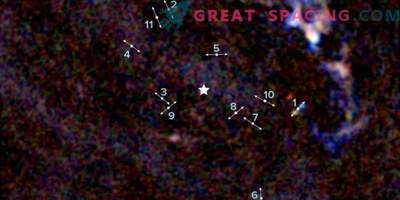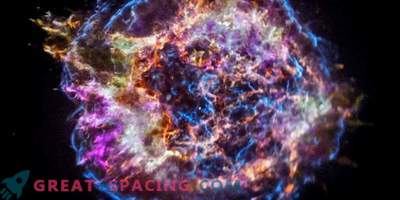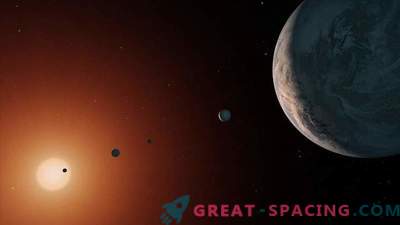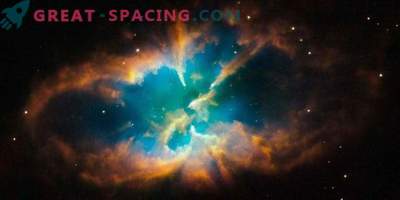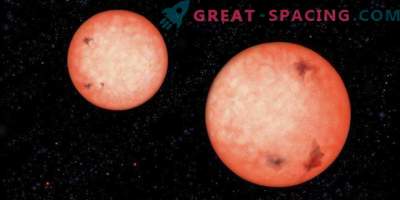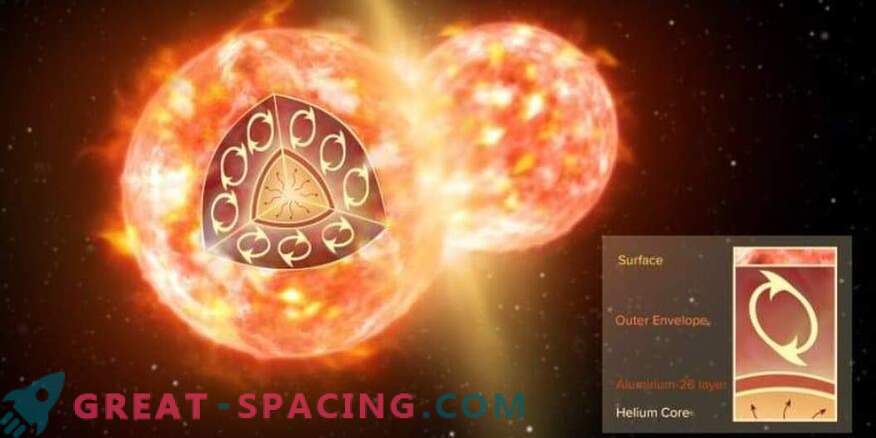
Artistic vision of a collision between two stars that formed the Chanterelle SC. The insert demonstrates the internal structure of the red giant before merging. A thin layer of 26-aluminum (brown) surrounds the helium core. The expanded convective envelope forms the outermost star layer and is capable of mixing the inner material with the surface, but does not reach enough depth to push the 26-aluminum. Only a collision is capable of it.
When two sun-shaped stars collide, the result can be an impressive explosion and the formation of a completely new star. One of such events was noticed from the Earth in 1670. It appeared in the form of a red “new star”. She was noticed with the naked eye, but the burst of cosmic light quickly disappeared and powerful telescopes are now required to view the fusion residues. This is a dim star surrounded by a halo of glowing material.
348 years after the event, scientists used the ALMA array and the NOEMA radio telescopes to study the remnants of an explosive stellar fusion, known as the SK Chanterelles. They were able to identify a clear signature of the radioactive version of aluminum (26Al), namely, an atom with 13 protons and 13 neurons associated with fluorine atoms, which formed monofluoride 26 aluminum (26AlF). This is the first molecule carrying an unstable radioisotope finally found outside the solar system. Unstable isotopes are endowed with an excess of nuclear energy and eventually disintegrate into a stable, less radioactive form. In the specific case of this 26-magnesium. The researchers found a unique spectral signature of the molecules in the fragments surrounding the Chanterelle SC, 2,000 light-years distant from us. Molecules rotate and fall in space, therefore they emit a distinctive imprint of millimeter light (rotational transition). In astronomy, this is the “gold standard” for molecular detection.
Typically, characteristic molecular prints are extracted from laboratory experiments and used for identification in space. But with 26AlF it does not work, since it is absent on Earth. Therefore, we used the data of the prints of stable and abundant 27AlF molecules.
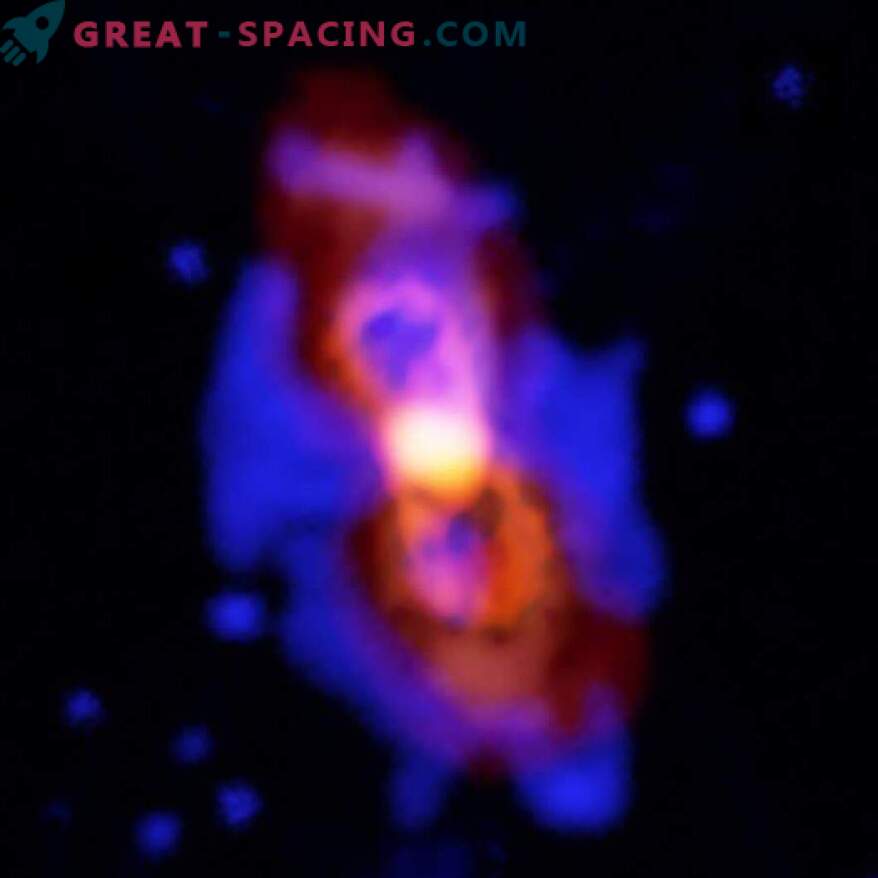
Composite image of SK Chanterelles - remnants of a collision of two stars. This event released radioactive molecules into space (an orange structure with two blades in the center). This is a snapshot from ALMA for 27-aluminum monofluoride, but the rare isotopic version of AlF is located in the same region. Red diffuse image - snapshot ALMA for more advanced dust in the region. Blue - optical release of hydrogen Observation of a specific isotopologue provides up-to-date information about the fusion process that created the Chanterelle SC. It also demonstrates that deep, dense inner star layers, where heavy elements and radioactive isotopes are created, can be thrown out in space during a star collision. In addition, astronomers found out that the two merged stars were relatively low-mass, where one is a red giant with a mass of 0.8-2.5 solar.
The findings suggest that the appearance of galactic radioactive material is solely responsible for such mergers. ALMA and NOEMA are able to detect only the amount of 26Al bound to fluorine. The physical mass of 26Al in the SK Chanterelles can be much larger, and therefore other fusion residues may have a greater amount.

